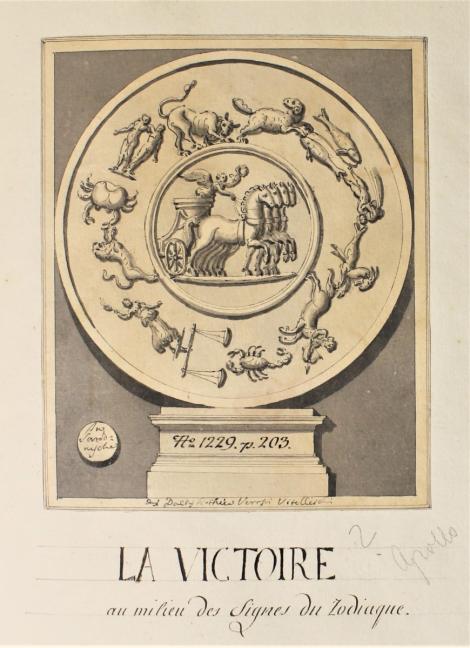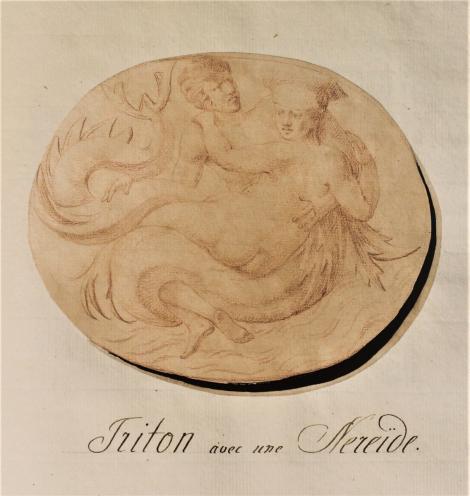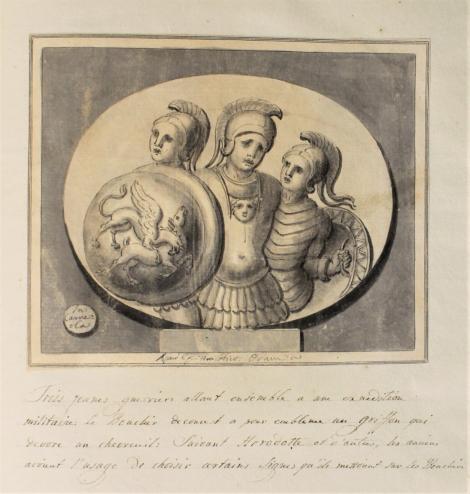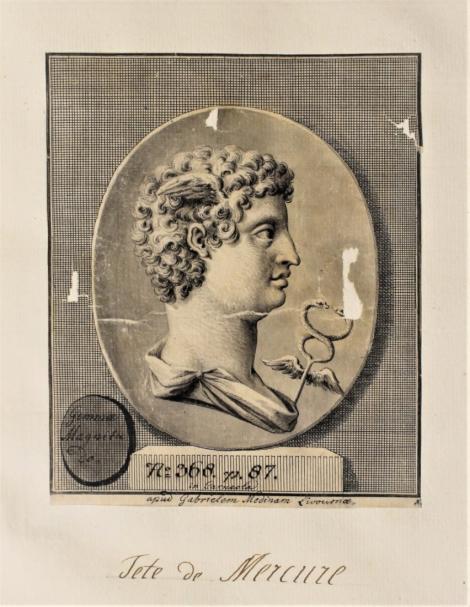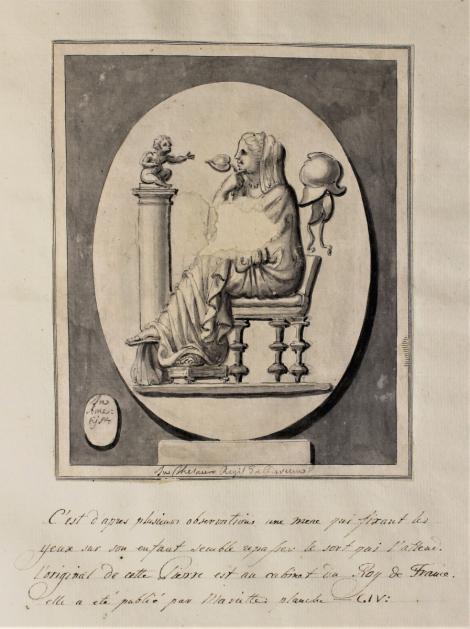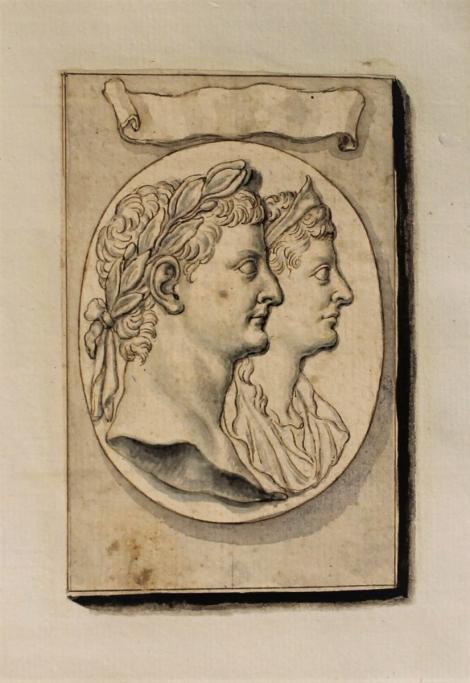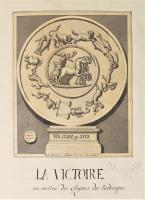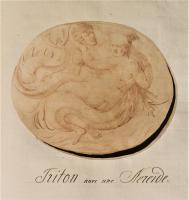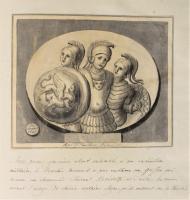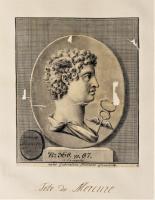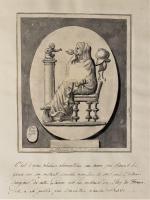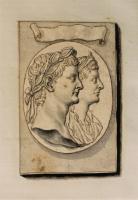Philipp von Stosch was primarily focused on the study of engraved gems signed by ancient masters as well as building and managing his considerable collection of gems. Its visual documentation was an important part of his collecting and scholarly activities. However, it turns out that throughout his whole life Stosch worked on another ambitious project referred in his archives and correspondence as histoire universaille. The collector amassed a great deal of antiquities, not only gems but also coins, among others, and he was a passionate collector of drawings. First in Rome and later also in Florence, he organised a studio in his house, where various artists tirelessly documented intaglios, cameos, coins, antiquities and ancient architecture, sculptures, and reliefs in the visual form of drawings, which became a crucial element of a museum he built over many years. It can be said that Stosch transformed his house into a permanent exhibition open to foreign visitors and a platform for the meetings of wide antiquarian circles. In addition, Stosch would make engravings after some of the drawings of gems, which he circulated among his peers, stimulating discussions about individual pieces from his cabinet.
The project histoire universaille was, in fact, a "collection of collections" strongly supported by visual documentation - all open to a wide public. The goal was to reconstruct and show the history, mythologies and customs of ancient Egyptians, Etruscans, Greeks and Romans. Engraved gems with their rich iconography perfectly suited the project. It is suposed that at the same time Stosch planned or even worked on a reconstruction of the development of the art of gem engraving through ages. The rediscovered gem drawings in Krakow, Berlin and elsewhere shed light on the fact that, indeed, Stosch's ambitions in this matter were vast, since his draughtsmen documented gems from all major contemporary collections. We try to identify individual gems in order to recover as much data as possible about them and evaluate their usefulness for Stosch's vision (see some examples in the gallery below). So far, about 300 of those wich survived to our times, now deposited in various public and private collections, have been identified among the drawings discovered in Krakow and Berlin. A side effect of this work will be the reconstruction of the collections of gems formed in Rome and Florence in Stosch's times, some of which were, to this day, completely unknown. This, in turn, will help to reconstruct provenance information for many objects now scattered throughout European and American public museums, and private collections.

